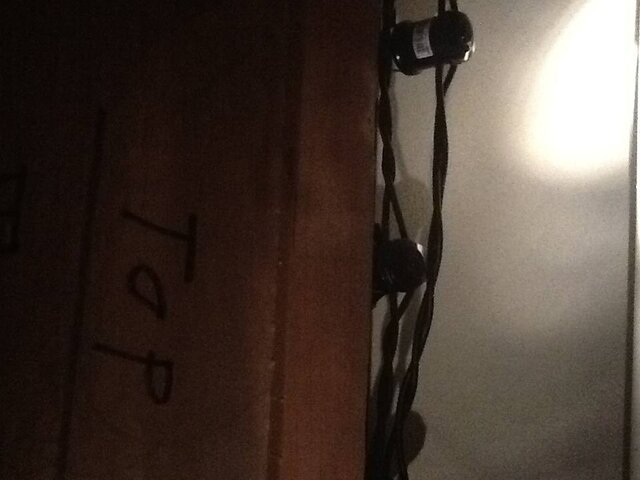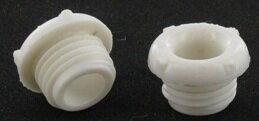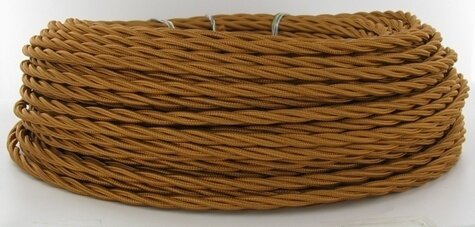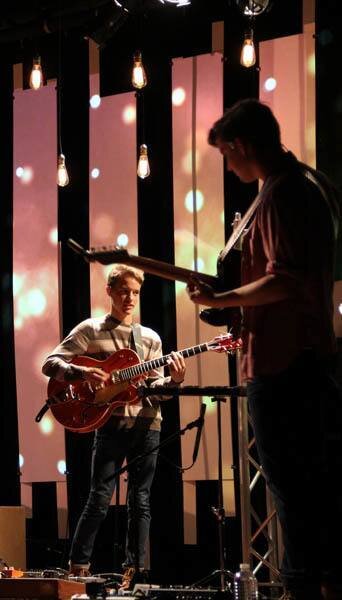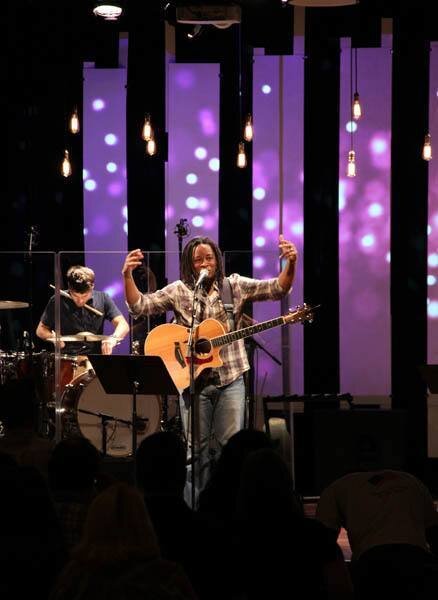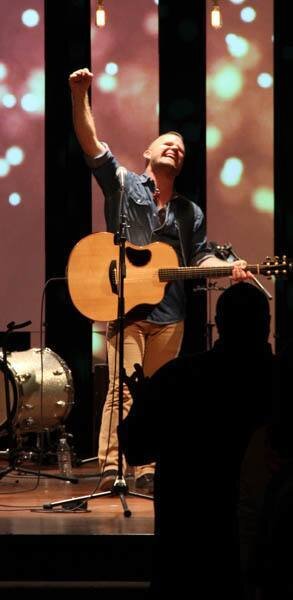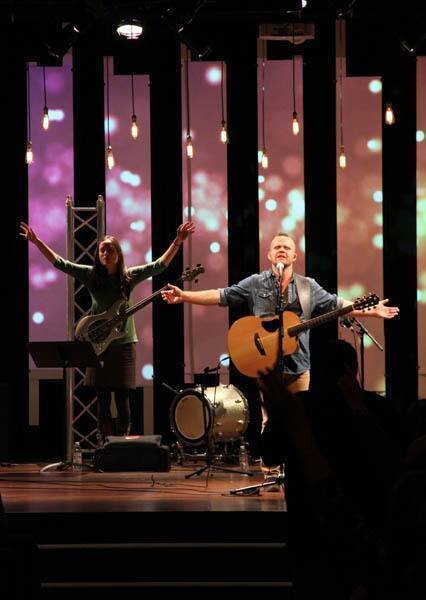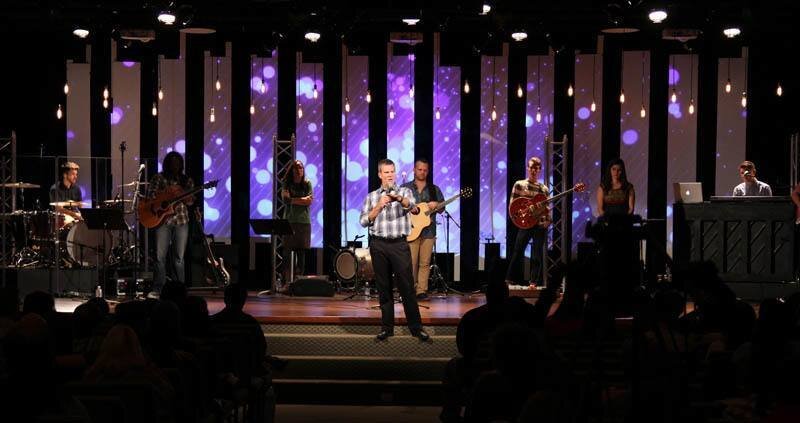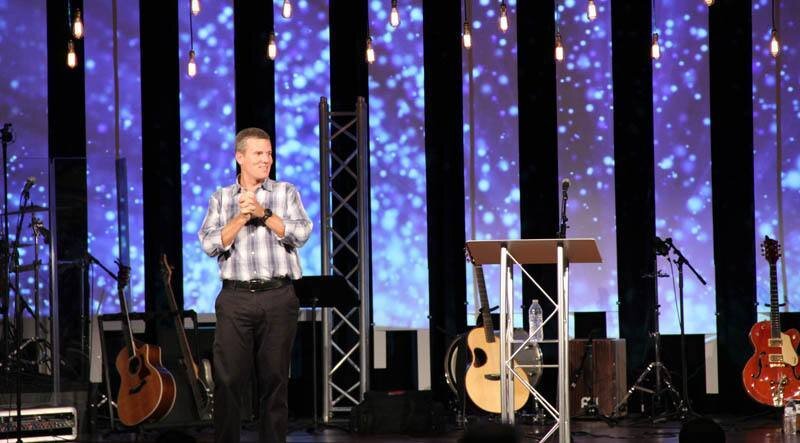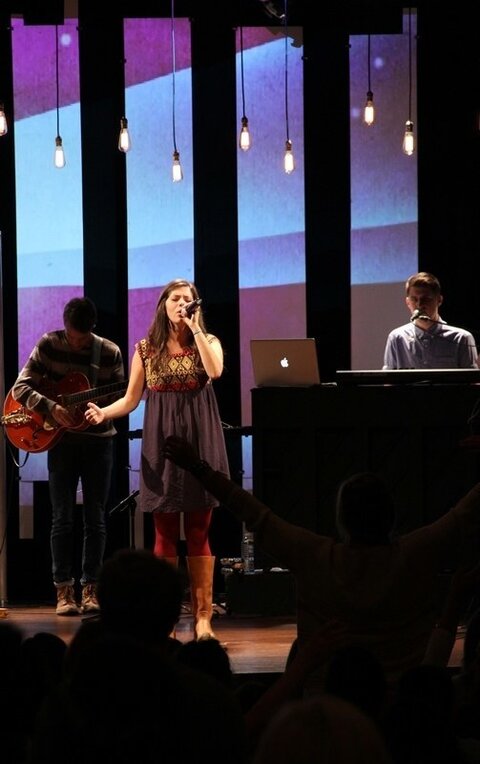blalew
Active Member
I'm looking into how to hang bare antique bulbs (carbon filament type) in a safe way. Here's a pic for reference
I want to use 15x of 30W bulbs. I also bought bases.
I had considered buying a roll of zip cord & using add-a-taps.
However, since I'll be hanging the bulbs in a line across the stage, upstage against some cedar platforms in three groups of 5, I had considered just using a SOOW feeder to get electricity into the pearlin/trusswork from a 600W NSI D4DMX channel. Feed a powerstrip that's ziptied in the trusswork, then make lamp cords and use zip ties to provide strain relief and shorten them to varying lengths.
This is probably crazy so please tell me what should do. I did see this socket cord kit for use with chinese lanterns but seems expensive for something I could make with some sockets, plugs, and zip cord.
Thanks!
-Blanton
I want to use 15x of 30W bulbs. I also bought bases.
I had considered buying a roll of zip cord & using add-a-taps.
However, since I'll be hanging the bulbs in a line across the stage, upstage against some cedar platforms in three groups of 5, I had considered just using a SOOW feeder to get electricity into the pearlin/trusswork from a 600W NSI D4DMX channel. Feed a powerstrip that's ziptied in the trusswork, then make lamp cords and use zip ties to provide strain relief and shorten them to varying lengths.
This is probably crazy so please tell me what should do. I did see this socket cord kit for use with chinese lanterns but seems expensive for something I could make with some sockets, plugs, and zip cord.
Thanks!
-Blanton
Last edited by a moderator:



